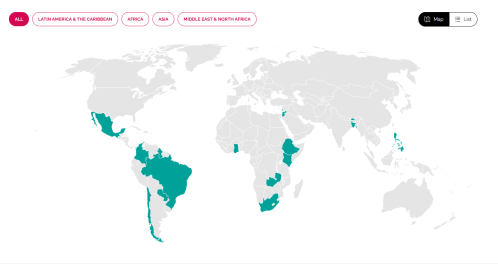As President Obama rolls out plans to modernize America’s obsolescent infrastructure, he should seize the opportunity to transform the nation’s capital into a truly great capital city. He can create much-needed jobs for District residents and turn Washington into a world-class capital reflecting Americans’ pride in their country and its government.
Other presidents have expressed their visions for Washington. In 1963, President John F. Kennedy declared that “Washington, D.C., is the capital of the United States of America. Let us make it a city of which the nation can be proud — an example and a showplace for the rest of the world.” In 1997, President Bill Clinton said, “America’s eyes and the eyes of the world constantly focus on Washington. . . . Working together, we can and we must make Washington once again the proud face of America shown to the world.” President Obama can turn these fine words into reality.
Beyond monuments and museums, Americans deserve a capital that functions well as a place to live, work and visit. At the beginning of the Clinton presidency, the District was in such fiscal and managerial disarray that the federal government had to mount a rescue effort just to keep the streets repaired and normal services flowing. But District citizens responded to the challenge by electing new local leadership and insisting on more competent government. The D.C. government has now balanced its budget 11 years in a row, improved services to residents and visitors alike and put itself on the path to becoming a well-run city. But these victories came at enormous cost — the deferment of critical infrastructure investment. Even with the stronger economy and higher revenue of the past decade, the District still faces the daunting task of repairing, replacing and modernizing outmoded roads and bridges, schools, water and sewer systems, and local government facilities.
Without additional federal support, the vision of presidents Kennedy and Clinton will not be realized. As we highlighted in our recent report, “Building the Best Capital City in the World,” the District faces fiscal challenges that are encountered by no other jurisdiction in the country as a direct result of its status as the nation’s capital.
The District has state-like responsibilities but does not possess state-like revenue-raising capabilities. In fact, the city is the only place in the country where Congress has prohibited a nonresident income tax, meaning that two-thirds of those who work in the city cannot be taxed on their income. Nor can the city collect taxes from its biggest industry — the federal government — and many of the organizations it attracts. Furthermore, unlike any other city in the country, the District does not belong to a state that can help provide funds needed to pay for services to those who live, work and visit here. The federal government no longer makes an annual payment to the District. Indeed, as our recent report showed, the U.S. government provides less support to its capital city than do other similar democratic countries in the world.
The result of all these limitations, as the Government Accountability Office pointed out, is that the District government faces a “structural deficit” of $1 billion a year and has had to defer much-needed investment in its deteriorating infrastructure. The District has plenty of capital projects for which detailed plans already exist. It has at least $200 million in shovel-ready transportation projects and needs an additional $700 million to replace the South Capitol and 11th Street bridges — crossings that are essential to transporting the federal workforce. Metro has identified $530 million of implementation-ready capital needs. The District plans to spend $200 million a year on energy-efficient modernization of its public schools, many of which it inherited from the federal government in varying states of disrepair, and it could accelerate such facilities modernization through a partnership with the federal government. The city also has substantial environmental infrastructure needs, including a $2.2 billion long-term control plan, required by the Environmental Protection Agency, to reduce combined sewer overflows into the District’s waterways by 96 percent. The stimulus package that passed the House this week would be a downpayment on the District’s long-neglected infrastructure.
As Congress and the White House embark on major infrastructure investments for the 21st century, they should make the critical infrastructure needs of our nation’s capital a high priority.
— Alice Rivlin
— Walter Smith
The writers are, respectively, director of Greater Washington Research and senior fellow in Economic Studies at the Brookings Institution, and executive director of DC Appleseed.



Commentary
Op-edStimulus For a Truly Capital City
February 1, 2009